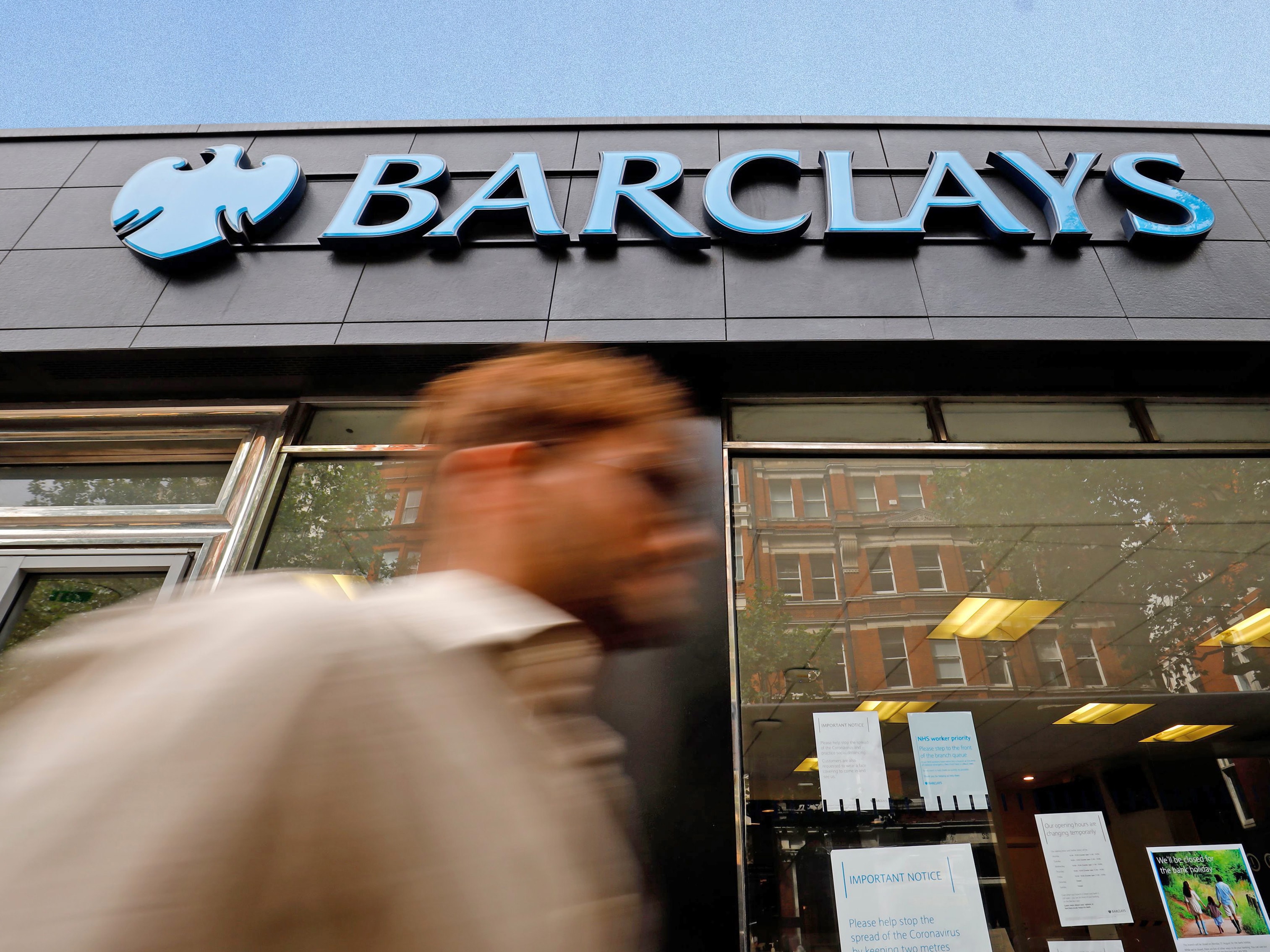The Lloyds [LLOY] and Barclays [BARC] share prices accelerated in the first half of 2021. The rally was boosted by positive sentiment around the reopening of the UK economy, with the Lloyds and Barclays share prices seeing a jump of 29.8% and 21.5%, respectively, during the first six months of the year.
Yet since then, the Lloyds and Barclays share prices have wobbled as concerns over growing delta variant case numbers cast a pall over recovery hopes.
Considering the falling share prices of Lloyds and Barclays, investors and traders might be tempted to pick up two of the UK’s biggest banking stocks on the dip, especially with dividend payouts back on the table.
29.8%
Lloyds' YTD share price rise
Why investors should back Lloyds and Barclays share prices
Despite the recent dip in the Lloyds and Barclays share price fortunes, the stocks are still largely revitalised since 2020’s coronavirus pandemic-induced lows — at one point last year the Lloyds share price was trading at just under 24p. That makes the case for scooping up a bargain difficult, even with both stocks still off where they were in February 2020 — i.e. just before the coronavirus decimated the markets.
The other, perhaps more compelling, reason to back the stocks is a potential dividend bonanza. The Bank of England’s Prudential Regulation Authority (PRA) removed payout restrictions put in place following the outbreak of COVID-19 in July. The PRA cited the results of stress tests and lower than expected loan losses as factors in their decision.
According to the PRA, UK banks were “well capitalised and resilient to outcomes for the economy that are much more severe than the Monetary Policy Committee’s central forecast”.
The PRA noted that while there was still a degree of uncertainty in the outlook for the UK economy, that uncertainty had reduced since December 2020, thanks in part to the success of the vaccination programme.
“The extraordinary guardrails within which it asked bank boards to determine the appropriate level of distributions in relation to full-year 2020 results are no longer necessary and have been removed with immediate effect,” the PRA said in a statement.
“The extraordinary guardrails within which it asked bank boards to determine the appropriate level of distributions in relation to full-year 2020 results are no longer necessary and have been removed with immediate effect” - the Prudential Regulation Authority
Lloyds and Barclays share prices could jump on dividend yields above 5%
In 2018, Lloyds paid a final dividend of 3.21p and in 2017 a 3.05p dividend. Barclays was even more generous, paying a total dividend of 6.5p in 2018 and 3p in 2017.
For 2020, Lloyds paid out a 0.57p dividend, but considering there was no dividend in 2019 due to the pandemic, that’s a step in the right direction for income-seeking investors, especially with payouts likely to rise in the next few years.
“Income investors would certainly welcome a return to such juicy yields, especially as there is usually not much else in terms of excitement attached to owning shares in banks” - John Harrington
John Harrington, writing in Proactive Investors, suggests that based on broker forecasts UK banking yields are likely to top 5% in the next couple of years. Lloyds and Natwest could see yields rise to between 4.7% and 4.8% next year based on current prices, rising to 5.8% and 5.5% in the next three years. Barclays, which is the worst performer in terms of yield recently, could see yield 5.9% in three years time.
“Income investors would certainly welcome a return to such juicy yields, especially as there is usually not much else in terms of excitement attached to owning shares in banks,” writes Harrington.
With so much uncertainty still in the marketplace, the return of dividends should provide investors with some measure of comfort.
Disclaimer Past performance is not a reliable indicator of future results.
CMC Markets is an execution-only service provider. The material (whether or not it states any opinions) is for general information purposes only, and does not take into account your personal circumstances or objectives. Nothing in this material is (or should be considered to be) financial, investment or other advice on which reliance should be placed. No opinion given in the material constitutes a recommendation by CMC Markets or the author that any particular investment, security, transaction or investment strategy is suitable for any specific person.
The material has not been prepared in accordance with legal requirements designed to promote the independence of investment research. Although we are not specifically prevented from dealing before providing this material, we do not seek to take advantage of the material prior to its dissemination.
CMC Markets does not endorse or offer opinion on the trading strategies used by the author. Their trading strategies do not guarantee any return and CMC Markets shall not be held responsible for any loss that you may incur, either directly or indirectly, arising from any investment based on any information contained herein.
*Tax treatment depends on individual circumstances and can change or may differ in a jurisdiction other than the UK.
Continue reading for FREE
- Includes free newsletter updates, unsubscribe anytime. Privacy policy





